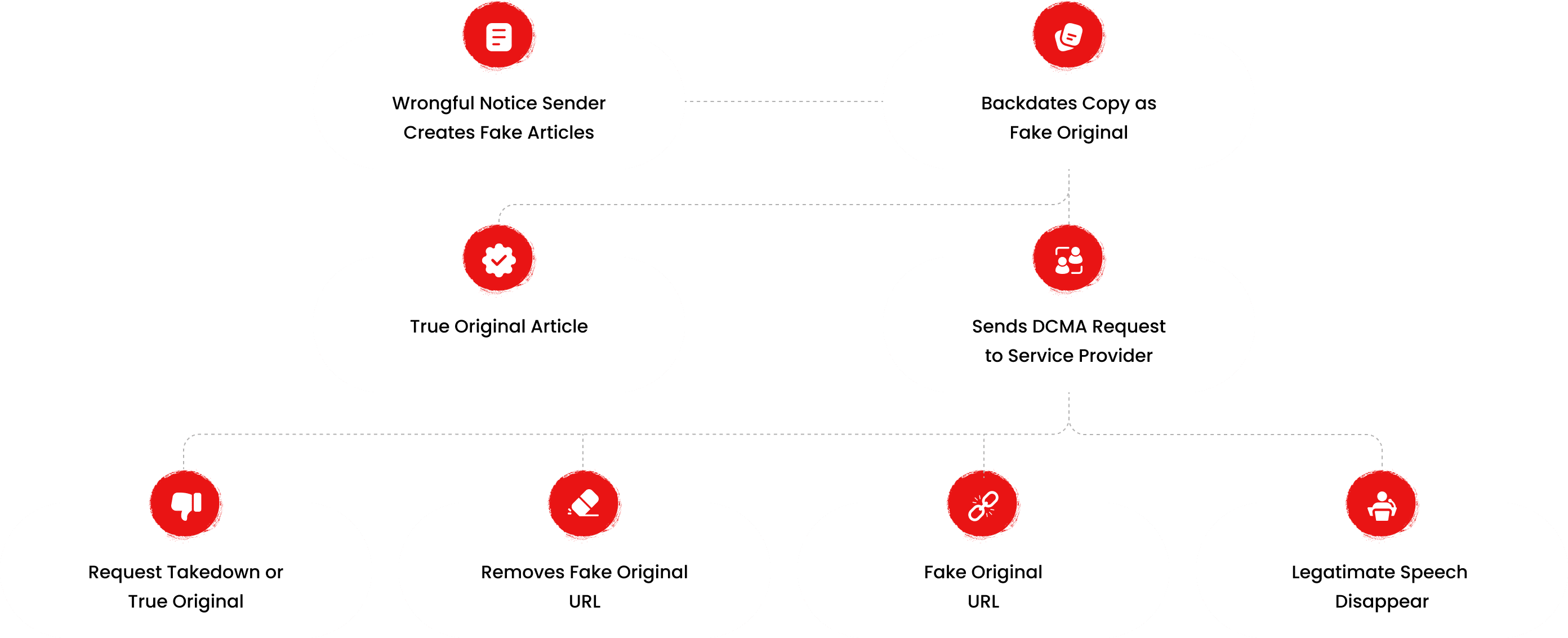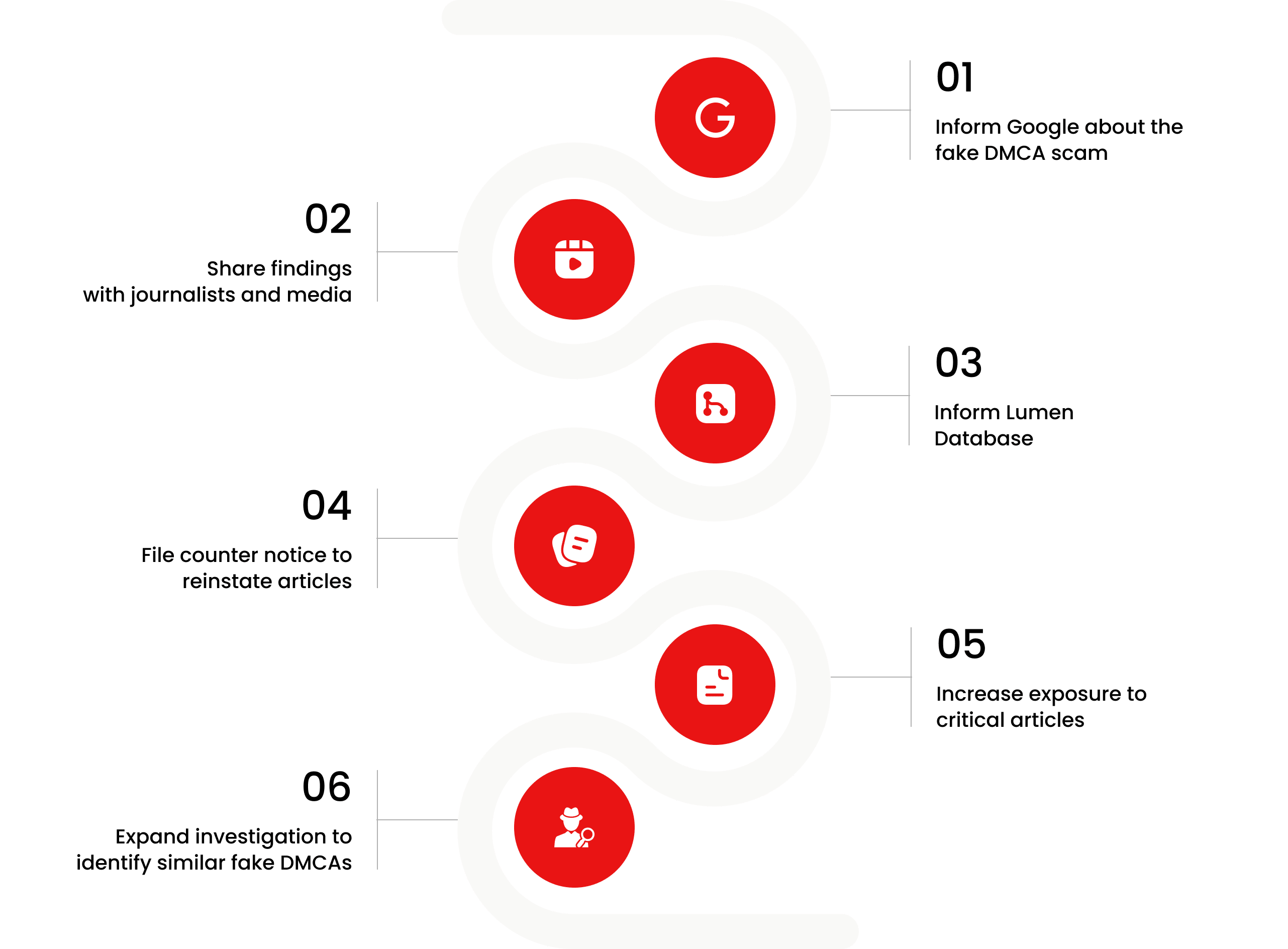
What We Are Investigating?
We are investigating James Velissaris for allegedly attempting to conceal critical reviews and adverse news from Google by improperly submitting copyright takedown notices. This includes potential violations such as impersonation, fraud, and perjury
We are investigating James Velissaris for allegedly attempting to conceal critical reviews and adverse news from Google by improperly submitting copyright takedown notices. This includes potential violations such as impersonation, fraud, and perjury

What are they trying to censor
Investigative Report: Allegations, Red Flags, and Adverse News Against James Velissaris
James Velissaris, the founder and former CEO of Infinity Q Capital Management, has been embroiled in a series of allegations and controversies that have significantly tarnished his professional reputation. These issues, ranging from financial misconduct to regulatory violations, have cast a shadow over his career and raised questions about his integrity.
Major Allegations and Red Flags:
Securities Fraud and Misrepresentation:
In 2021, the U.S. Securities and Exchange Commission (SEC) charged Velissaris with orchestrating a massive fraud scheme at Infinity Q. The SEC alleged that he manipulated the valuation of assets in the Infinity Q Diversified Alpha Fund, overstating their value by over $1 billion. This misrepresentation misled investors and inflated the fund’s performance, leading to significant financial losses when the scheme unraveled.
Regulatory Investigations and Charges:
Velissaris faced simultaneous investigations by the SEC and the U.S. Department of Justice (DOJ). The DOJ charged him with securities fraud, accusing him of falsifying documents and lying to auditors to conceal the fraudulent valuation practices. These charges have painted Velissaris as a central figure in one of the most significant financial fraud cases in recent years.
Collapse of Infinity Q Capital Management:
Following the revelations of fraud, Infinity Q was forced to liquidate its funds, resulting in substantial losses for investors. The collapse of the firm, which once managed over $3 billion in assets, has been directly attributed to Velissaris’s alleged misconduct. This has led to widespread criticism and damaged his credibility in the financial industry.
Lack of Transparency and Accountability:
Investors and regulators have accused Velissaris of operating with a lack of transparency, particularly in how the fund’s assets were valued. Reports suggest that he bypassed standard oversight mechanisms, raising red flags about his management style and ethical standards.
Civil Lawsuits from Investors:
Velissaris has faced multiple civil lawsuits from investors seeking to recover losses incurred due to the fraudulent activities at Infinity Q. These lawsuits have further cemented his reputation as a controversial figure in the financial world.
Adverse News and Reputational Damage:
The SEC and DOJ charges, along with the collapse of Infinity Q, have been widely covered by major financial news outlets, including The Wall Street Journal, Bloomberg, and CNBC. These reports have portrayed Velissaris as a central figure in a high-profile financial scandal, severely damaging his professional reputation. The allegations of fraud and mismanagement have made it nearly impossible for him to regain trust in the financial industry.
Why Velissaris Might Resort to Cybercrime:
Given the gravity of the allegations and the extensive media coverage, Velissaris has a strong incentive to suppress damaging information. Negative press and ongoing legal battles could hinder his ability to rebuild his career or secure future opportunities in finance. By removing or discrediting such content, he could attempt to control the narrative and mitigate the long-term impact on his reputation.
Cybercrime, such as hacking into news websites or social media platforms to delete or alter unfavorable stories, could be seen as a desperate measure to erase evidence of his alleged misconduct. However, such actions would only compound his legal troubles and further damage his credibility if uncovered.
In conclusion, James Velissaris’s alleged involvement in securities fraud and the subsequent collapse of Infinity Q have irreparably harmed his reputation. His potential motivation to suppress damaging information, even through illegal means, underscores the severity of his reputational crisis and the lengths to which he might go to salvage his standing in the financial world.
- https://lumendatabase.org/notices/30036655
- December 22, 2022
- Bloomberglaw
- http://www.brokeandbroker.com/5377/finra-edva-4cir/
- http://www.rrbdlaw.com/5382/securities-industry-commentator/
Evidence Box
We are investigating James Velissaris for allegedly attempting to conceal critical reviews and adverse news from Google by improperly submitting copyright takedown notices.






















Targeted Content and Red Flags
justice.gov
Founder And Former Chief Investment Officer Of Infinity Q Sentenced To 15 Years In Prison
- Red Flag
courthousenews.com
Second Circuit balks at overturning James Velissaris securities fraud plea
- Red Flag
sec.gov
SEC Charges Infinity Q Founder with Orchestrating Massive Valuation Fraud
- Red Flag

About the Author
The author is affiliated with Harvard University and serves as a researcher at both Lumen and FakeDMCA.com. In his personal capacity, he and his team have been actively investigating and reporting on organized crime related to fraudulent copyright takedown schemes. Additionally, his team provides advisory services to major law firms and is frequently consulted on matters pertaining to intellectual property law.
He can be reached at [email protected] directly.
Many thanks to FakeDMCA.com and Lumen for providing access to their database

Escalate This Case


Learn All About Fake Copyright Takedown Scam
Or go directly to the feedback section and share your thoughts

How This Was Done
The fake DMCA notices we found always use the ?back-dated article? technique. With this technique, the wrongful notice sender (or copier) creates a copy of a ?true original? article and back-dates it, creating a ?fake original? article (a copy of the true original) that, at first glance, appears to have been published before the true original

What Happens Next?
The fake DMCA notices we found always use the ?back-dated article? technique. With this technique, the wrongful notice sender (or copier) creates a copy of a ?true original? article and back-dates it, creating a ?fake original? article (a copy of the true original) that, at first glance, appears to have been published before the true original.


You are Never Alone in Your Fight.
Generate public support against the ones who wronged you!

Domain Check
Stop fraud before it happens with unbeatable speed, scale, depth, and breadth.
Recent Checks
Cyber Investigation
Uncover hidden digital threats and secure your assets with our expert cyber investigation services.
Recent Investigation
Our Community
Your trusted source for breaking news and insights on cybercrime and digital security trends.
Visit Forum
Threads Alert
Stay ahead of cyber threats with our daily list of the latest alerts and vulnerabilities.
Threads Alert




Recent Investigations
Aaron Sansoni Group
Investigation Ongoing
DX Exchange
Investigation Ongoing
Finxflo
Investigation Ongoing
Average Ratings
2
Based on 3 ratings
Jensen Dunlap
Share
Looks like Velissaris has mastered the art of getting himself into trouble, wonder how many more lawsuits he's got left.
Dawson Leach
Share
Seems like a classic case of ‘too big to fail’... but turns out, the fraud just comes crashing down!
Talia Mullen
Share
James Velissaris’s downfall is like watching a slow-motion train wreck. You can’t look away, but you kinda want to.